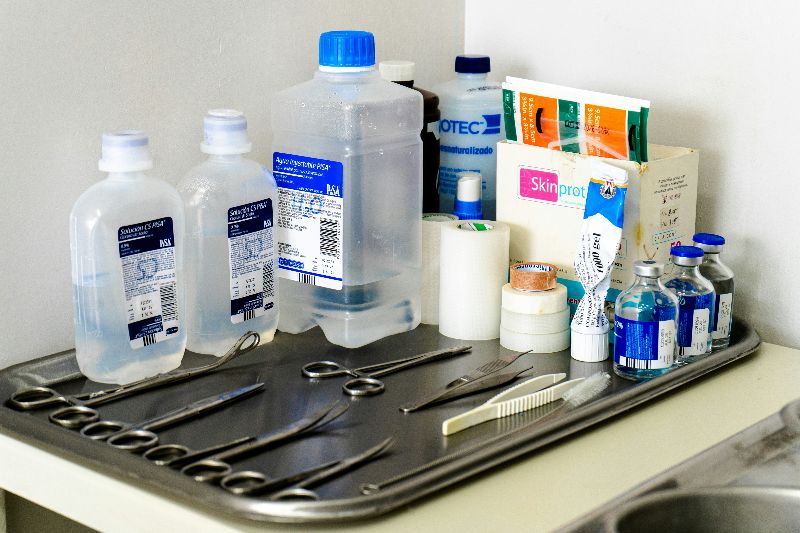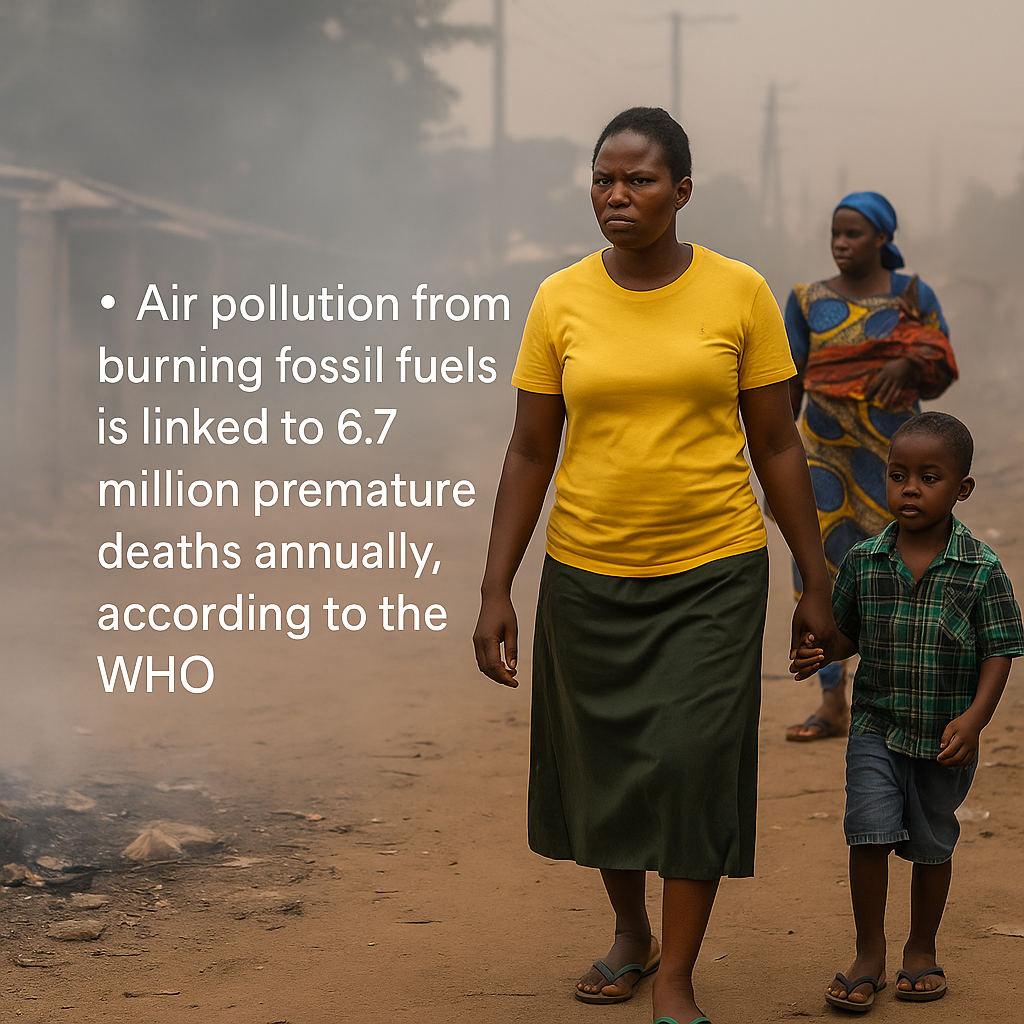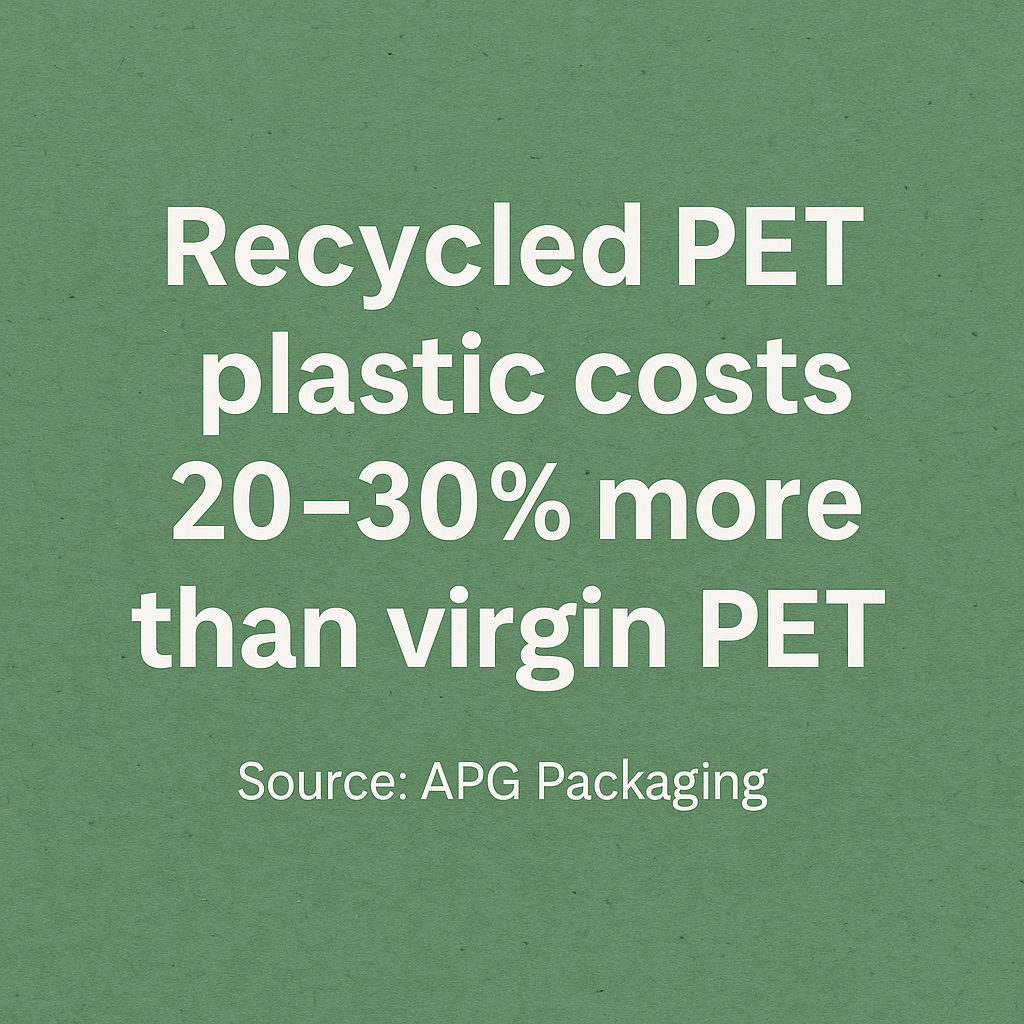- Short-Term Vision vs. Long-Term Vision in Group Practices: Why It Matters for Sustainability
- The Climate Crisis Is a Health Crisis
- Recycling Is Just One Tool. Prevention Is the Real Solution.
Short-Term Vision vs. Long-Term Vision in Group Practices: Why It Matters for Sustainability
When medical professionals think about sustainability, they often picture energy savings, recycling bins, or green design. But sustainability is just as much about how a clinic or group practice is managed. A short-term vision may produce quick wins, but it often leads to burnout, inefficiency, and financial instability. A long-term vision, on the other hand, creates resilient systems that benefit staff, patients, and the community.
Cesar M Limjoco, MD, Founder of Clinical Truth™, explains it clearly:
“The patient must be at the center of healthcare—the true north guiding all our efforts. To achieve true representation of the patient, we must ensure that the accurate narrative is documented in the health record. Transparency is essential, as patient outcomes depend on it.”
This wisdom applies not only to hospitals, but also to clinics and group practices, where leadership decisions directly shape sustainability and quality of care.
The Pitfalls of Short-Term Thinking
Group practices that adopt a short-term mindset often focus on financial survival above all else. That can look like:
- Cutting staff or services to reduce costs, which increases workload for remaining employees and undermines patient care.
- Delaying investments in technology, infrastructure, or sustainability improvements, leading to higher costs over time.
- Reactive management, constantly putting out fires instead of planning ahead, which keeps practices in crisis mode.
- Staff disengagement, as opportunities for growth and professional development are neglected, resulting in turnover and instability.
The result? A cycle of inefficiency, higher long-term expenses, and declining patient satisfaction.
The Power of Long-Term Vision
By contrast, a long-term vision helps clinics thrive by building resilience and patient trust. Benefits include:
- Patient-Centered Care
Clinics that prioritize patient well-being over short-term profit see stronger patient loyalty, higher satisfaction, and improved outcomes. This reputation attracts more patients and fosters word-of-mouth growth. - Strategic Planning and Innovation
Long-term practices invest in sustainable technologies and smarter procurement. For example, energy efficiency upgrades or waste prevention programs not only cut emissions but also lower costs year after year. - Workforce Development
Supporting professional growth, offering wellness programs, and fostering a culture of collaboration ensures staff feel valued. A motivated team delivers better care, reducing turnover and saving the clinic the high costs of recruitment. - Adaptability and Resilience
Practices with a long-term vision are better prepared for external shocks, from public health emergencies to rising energy costs. By planning ahead, they avoid the disruptions that catch short-term thinkers off guard.
How My Green Doctor Helps
At My Green Doctor (MGD), we specialize in helping clinics and group practices turn long-term vision into practical action. Our practice management services provide:
- Waste prevention strategies that reduce both costs and environmental impact.
- Guidance on procurement and supply chains, helping practices choose sustainable, affordable suppliers.
- Energy-saving action plans that protect clinics from rising utility costs.
- Staff training and leadership support, equipping teams to integrate sustainability into daily operations.
- Patient-facing communication tools, so clinics can share their sustainability leadership story, building credibility and trust.
We make sustainability achievable, step by step, with tools and resources tailored for real-world medical settings.
Building a Foundation for the Future
Short-term thinking may promise quick financial relief, but it erodes the long-term stability of group practices. By contrast, clinics that embrace long-term vision build resilient, cost-efficient, and patient-centered systems.
As Dr. Limjoco reminds us, “The patient must be at the center of healthcare—the true north guiding all our efforts.” At My Green Doctor, we help clinics translate that philosophy into sustainable management strategies that strengthen both care delivery and environmental responsibility.
Because a healthy practice means healthier patients—and a healthier planet.
The Climate Crisis Is a Health Crisis
Human health is deeply interconnected with the health of our planet. As the United Nations Development Programme (UNDP) underscores in a recent report, the worsening impacts of climate change—from extreme heat and wildfires to food insecurity and disease outbreaks—are already reshaping global health. And unless healthcare systems prepare, the health sector will continue to be caught off guard by crises that are both predictable and preventable.
The Health Impacts of Climate Change
Extreme heat. In 2023 alone, nearly 50,000 lives were lost in Europe as a result of heatwaves. By 2100, an estimated 2 billion people worldwide could be exposed to severe heat events, with South and Southeast Asia at highest risk. Longer wildfire seasons compound this threat, doubling the frequency and severity of extreme wildfires over the past 20 years.
Severe weather. Between 1970 and 2021, storms, floods, and landslides caused more than 2 million deaths globally—90% of them in low- and middle-income countries. Such disasters inflict immense physical harm while also disrupting the very health systems needed to respond, from damaged facilities to interrupted power supplies.
Air pollution. The World Health Organization (WHO) estimates that 6.7 million premature deaths each year are linked to air pollution from burning fossil fuels. Beyond respiratory illness, polluted air is also tied to cancers, cardiovascular disease, dementia, and adverse maternal outcomes. Almost 99% of the world’s population now breathes air considered unsafe.
Infectious disease. Climate shifts are expanding the range of disease-carrying mosquitoes and other vectors. Rising temperatures alone could increase cases of dengue, Zika, and chikungunya by 20%. By 2040, up to 5 billion people may be at risk of malaria due to changes in disease spread and habitat disruption.
Food insecurity and malnutrition. Climate-linked droughts, floods, and shifting seasons are undermining food supply. UNDP’s data shows that in 2020, climate extremes pushed 98 million additional people into moderate to severe food insecurity compared to historic averages.
Mental health. The trauma of floods, fires, and displacement takes an enormous psychological toll. Climate anxiety is also rising, especially among young people who must face an uncertain future. By 2030, the additional global cost of climate-related mental disorders may reach US $47 billion annually.
Why This Matters for Healthcare
Healthcare professionals are on the front lines of these crises. Yet many health systems themselves are not climate-resilient. Facilities can lose power during storms, struggle with supply shortages, or lack cooling during heatwaves—leaving patients vulnerable when care is most needed.
At the same time, the healthcare sector is responsible for 4.6% of global greenhouse gas emissions, according to the WHO. One in three healthcare facilities lacks safe waste management. Without reform, the very systems designed to protect health will continue contributing to the climate crisis.
Building Resilient, Sustainable Health Systems
UNDP and WHO call for coordinated action to build climate-informed, green, and resilient health systems. This includes:
- Integrating health into climate policy. Only one-third of national climate pledges currently reference health outcomes or adaptation. That must change.
- Climate-proofing facilities. Buildings and supply chains need to withstand heatwaves, floods, and other disruptions.
- Training health workers. Clinicians, managers, and administrators must be prepared to respond to climate-driven health risks. They should also engage with their patients to educate them to be prepared to protect themselves from the health threats of global warming.
- Greening healthcare operations. Energy efficiency, renewable energy, waste reduction, and sustainable procurement can dramatically reduce both costs and emissions.
How My Green Doctor Can Help
At My Green Doctor, we believe protecting health means protecting the planet. That’s why our consulting services help clinics and healthcare organizations take practical, cost-saving steps toward resilience and sustainability.
We guide practices to:
- Reduce waste and emissions through smarter purchasing and energy use.
- Prepare staff and systems for climate-related health risks.
- Communicate sustainability leadership to patients, building trust and credibility.
- Save money by preventing waste at the source rather than paying for it later.
The climate crisis is here. The health crisis is here. But with informed choices, healthcare practices can protect patients, communities, and the planet—while reducing costs and leading the way in sustainability.
Sources:
United Nations Development Programme (UNDP). Climate and Health Report, 2023.
World Health Organization (WHO). Air Pollution and Health Data, 2023.

Recycling Is Just One Tool. Prevention Is the Real Solution.
When we think about sustainability, recycling is often the first idea that comes to mind. We place bottles, cans, and cardboard into a bin and feel we’ve done our part. But the truth is more complicated. Recycling is important, yet it often fails to deliver the impact we expect.
The reason isn’t technology—it’s economics.
The Price Problem
Markets for recycled materials are shaped not by goodwill but by cost and convenience. Let’s look at three common materials:
- Plastic (PET): Food-grade recycled PET plastic costs 20–30% more than virgin PET (APG Packaging). For manufacturers under constant pressure to reduce costs, that price premium is often prohibitive.
- Aluminum: Recycled aluminum uses 95% less energy than virgin aluminum (Aluminum Association), yet it typically sells at the same price as virgin. Without a cost advantage, most companies default to virgin aluminum.
- Cardboard: Recycled cardboard can cut energy use by about 25% (Green Citizen), creating small but real price savings. That’s why cardboard is one of the few recycled materials widely adopted.
The pattern is clear: when recycled inputs cost more—or even the same—most companies buy virgin materials.
Why the System Is Stacked Against Recycling
Recycling struggles because the playing field is uneven:
️ Virgin resource extraction is subsidized and under-regulated. Fossil fuel subsidies keep plastics artificially cheap.
Most products are not designed for recycling. Packaging and medical supplies, for example, often mix plastics and adhesives in ways that make recovery impossible.
️ Infrastructure is weak. Many regions lack reliable collection and processing systems, meaning even recyclable items end up in landfills or incinerators.
This isn’t a failure of consumers—it’s a systemic failure. And it’s why prevention, not just recycling, must be the focus.
Solutions Within Reach
Recycling can succeed, but only when paired with structural reforms and smarter design. Three proven strategies stand out:
1️⃣ End subsidies for virgin resource extraction and price carbon realistically. This levels the playing field by reflecting the true environmental cost of virgin materials.
2️⃣ Mandate recycled content. Clear rules requiring a percentage of recycled inputs in products create steady demand for recycled material.
3️⃣ Reward design for recyclability. Eco-modulated fees and procurement incentives encourage companies to design products that can be recycled cost-effectively.
These solutions are not futuristic—they are actionable today.
What This Means for Healthcare Practices
Healthcare generates enormous volumes of waste, from packaging to single-use supplies. While recycling programs exist, they cannot solve the fundamental problem: most materials were never designed with recovery in mind.
At My Green Doctor, our consulting services help practices step beyond “put a recycling bin in the break room.” We guide clinics to:
- Prevent waste at the source by choosing suppliers with recyclable and reusable options.
- Redesign procurement to favor cost-saving, sustainable alternatives.
- Integrate sustainability into operations, from purchasing to patient education.
- Build resilience and credibility by demonstrating environmental leadership to patients, staff, and communities.
The financial benefits are real. Prevention reduces costs tied to disposal, supply inefficiencies, and energy use. The reputational benefits are equally important: patients trust providers who lead by example in protecting both health and the environment.
Prevention Is Key
Recycling has a role to play—but prevention is the most powerful, cost-effective sustainability tool we have. By shifting the focus from “end of life” recycling to smarter procurement and operations, healthcare practices can save money, cut emissions, and show real climate leadership.
Because the best waste is no waste. And prevention is the real solution.
Sources:
APG Packaging. PCR Myths vs. Reality. 2024.
The Aluminum Association. Recycling Facts. 2024.
Green Citizen. Cardboard Recycling Guide. 2023.




